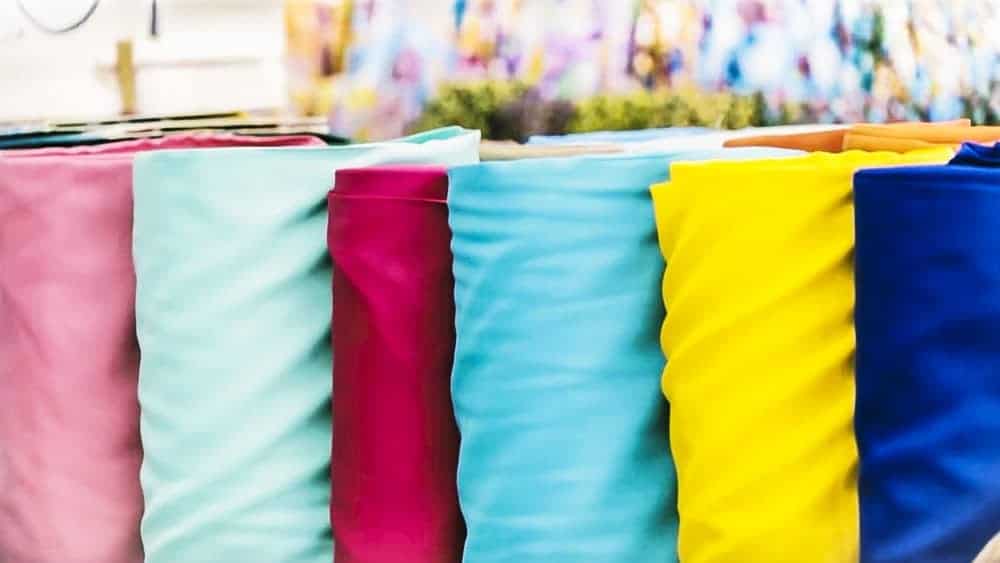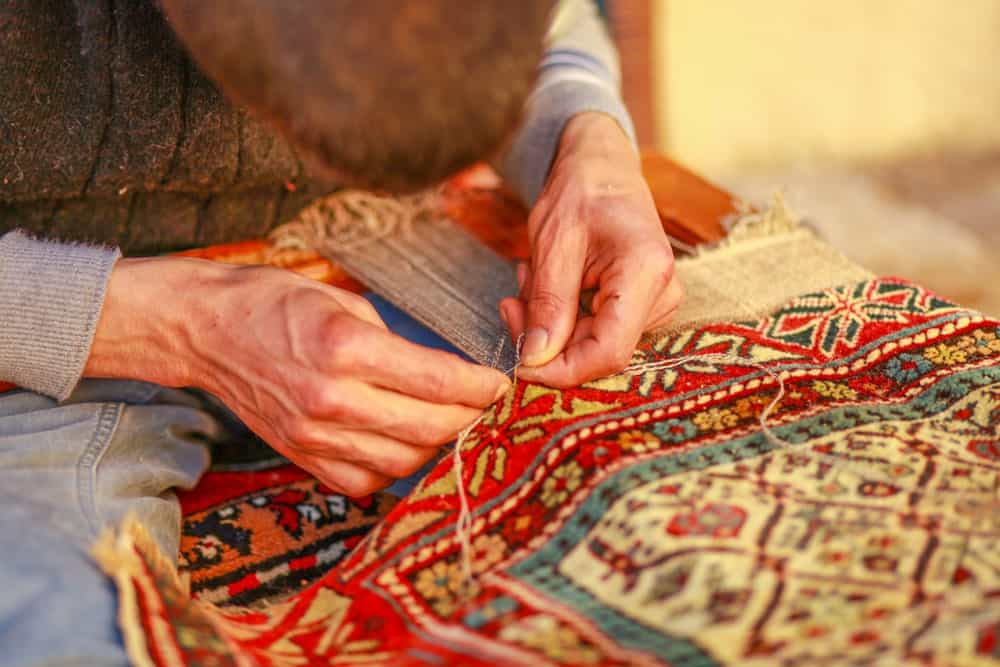Velvet is soft and luxurious. You just cannot help be feel rich and empowered when you wear it. There are many type of velvet from which you can choose. Read this article to find out all the details to know more about the velvet in your next evening gown.

We all know and love the soft and luxurious feeling of velvet. I can remember the first time I held it in my hands. I was a young child, and I didn’t know what it was, but I knew I loved it. Every time I felt velvet, I am taken back to that place when I first felt it. All those wonderful memories come flooding back.
While you may not have the same intense emotion I do about velvet; you are sure to love the way it feels and the way it drapes. Velvet is probably not exactly what you think it is. Continue reading to find out more about the different types of velvet.
Velvet is…
There is one major misconception about velvet, and this article is going to clear that up for you. Velvet is not a specific type of fiber. It is really several layers of fabric that have been weaved together. Two layers of material are woven together, with one layer on top of the other. They are then joined with a warp thread. The pile fabric that is created is cut to separate the layers. The thread that hangs out vertically from the fabric is velvet. This thread also makes a nap, which is called velvet.
Depending on the orientation of the fibers while dictating how the fiber reflects light. This is why velvet appears to get lighter or darker depending on how the light hits it. When cutting threads to create velvet, they all must be cut the same way. When the nap goes upward, the light is reflected less, and it appears richer and more of a matte color. When the nap goes downward, the fabric looks shinier.
Velvet is often found in evening wear and special occasions. Initially, velvet was made from silk, but it can be made from cotton, wool, linen, and synthetic fibers. Velvet, including synthetic velvet, can have varying price points depending on the original fabric. It is often found in home decor items like pillows, upholstery, and curtains.
How is it Made?
A special loom is used to make velvet. It can create two pieces of velvet at the same time. It creates an evenly piled piece of velvet, which is usually lower than half a centimeter.
Different Types of Velvet Fabric
Crushed Velvet

This type of velvet looks like it has been crushed, hence the name. This look is created by twisting the fabric when it is wet. It can also be created by pressing the velvet pile in varying directions. Crushed velvet fabric is often shiny and has a patterned look to it. It has a unique feel and texture.
Panne Velvet
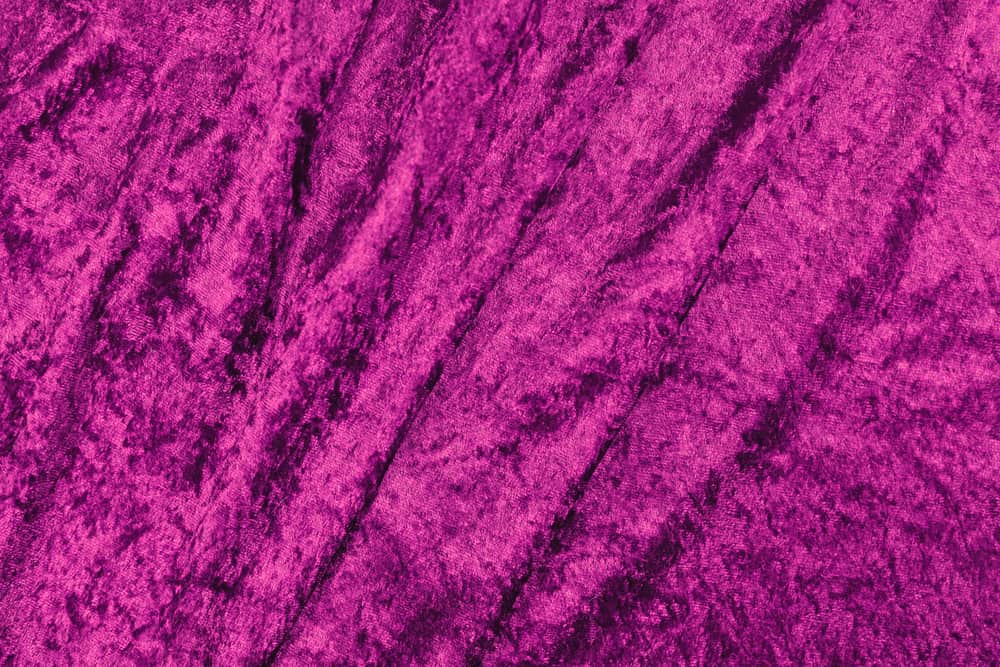
Panne velvet is a special type of crushed velvet. Pressure is put on the fabric to cause the pile to be pushed in one direction to create the crushed velvet look. This type of velvet is stretchy because it contains elastane. The base of this velvet is not woven; it is woven. They are often created from polyester. There are two-way stretch velvets that are great for a dress but not ideal for a bodysuit. There is also four-way stretch that can stretch in multiple directions.
Embossed Velvet
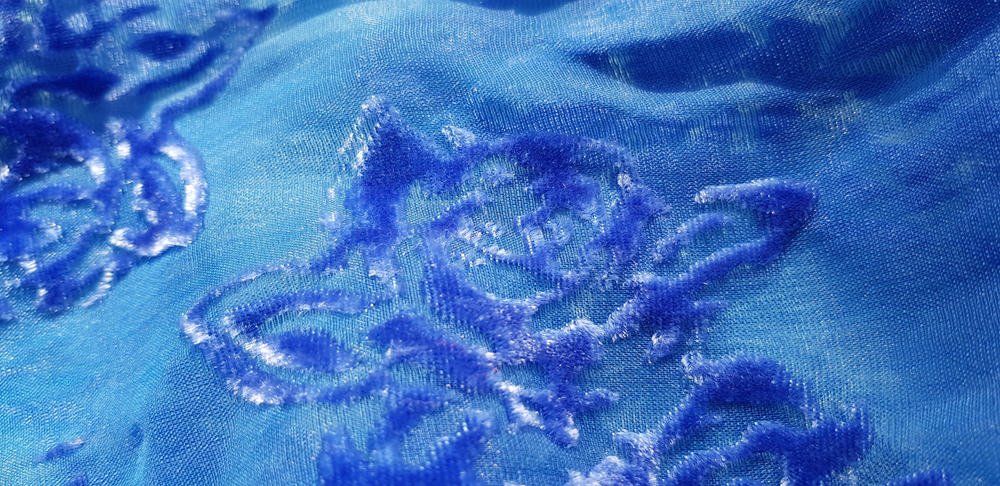
Embossed velvet is a fabric that is printed with a heat stamp. The heat stamp is used to apply pressure to the velvet. When this pressure is applied, it pushes down the pile of velvet to create the pattern. This is typically found in velvet upholstery fabric in home design and decor. Another type of embossed velvet is a brocade. This fabric is mixed with an extra warp thread.
The pile may also be cut at lengths that are different. Burnout velvet is a fabric that is treated with acid that will destroy part of the file. This fabric must be dry cleaned. It would be best if you did not use steam on them. Embossed velvet fabrics are used chiefly for evening wear. These are sophisticated velvet garment options.
Cisele
Cisele is velvet that has a pattern that is creating when some looped threads are cut and others are left untouched.
Plain Velvet
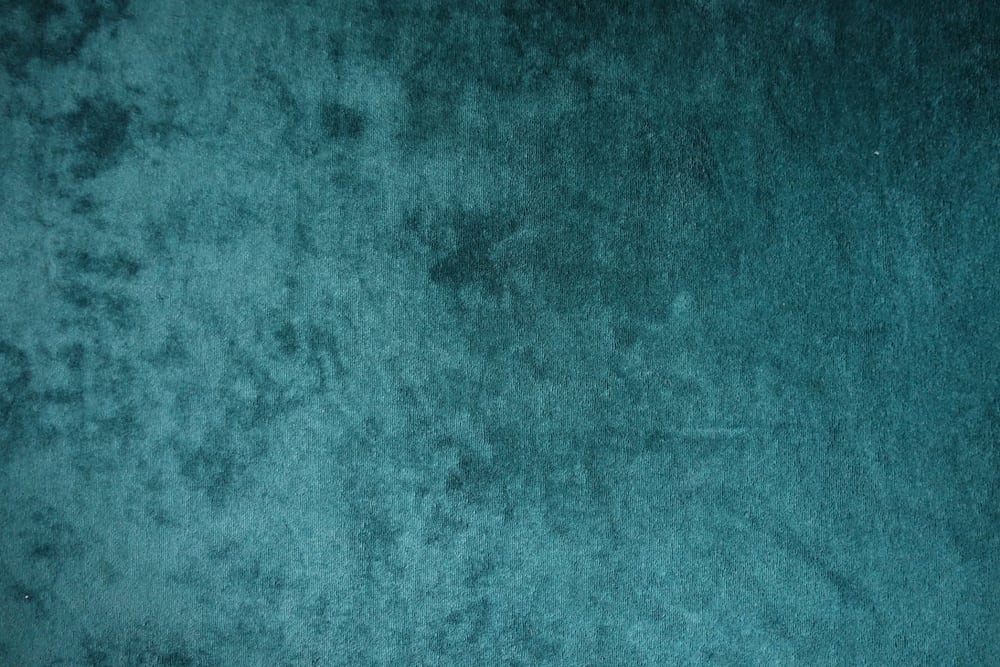
Plain velvet is usually made from cotton. It is a heavier velvet that has little to no stretch. It does not have the shine of velvet that is made with synthetic fibers or silk.
Stretch Velvet
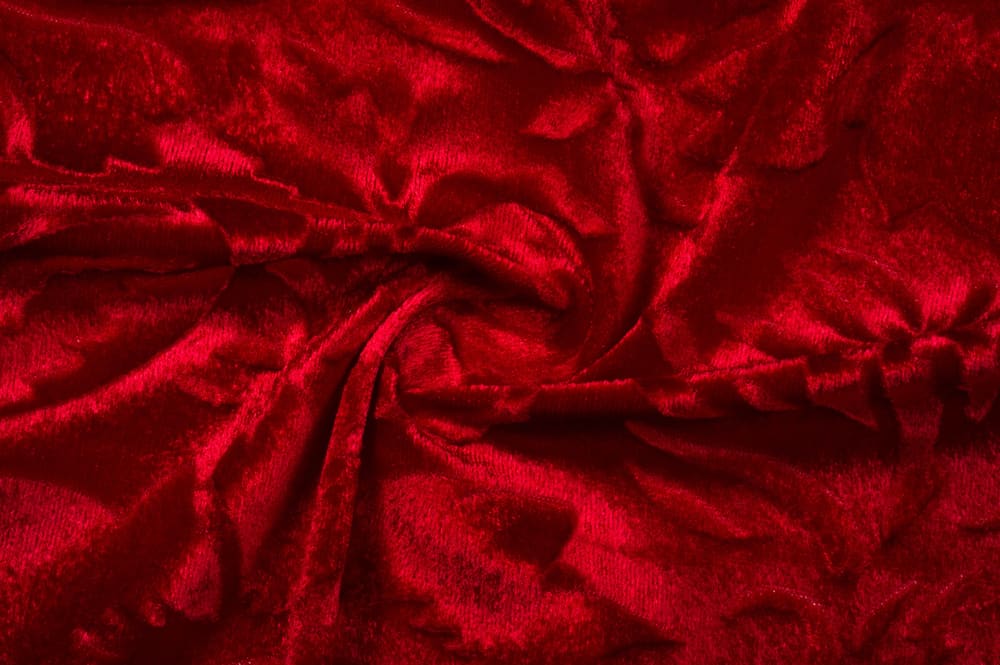
Stretch velvet has stretch to it because it contains spandex. Spandex is mixed into the weave that makes the material stretch and flexible.
Pile on Pile Velvet
Pile on pile velvet is one that has varying lengths of piles to create patterns. Pile on pile velvet is typically a velvet that is used on upholstery.
Velveteen
Velveteen is a fabric that has a pile which is dense, short, and distributed uniformly. Velveteen often resembles suede but is a cotton velvet that is usually constructed of 100 percent cotton. It has a lot of body but less drape than standard velvet. They are more matte because they have a shorter pile. The cotton resists heat, and the pile is less likely to be flattened. If you opt to iron this material, you have to be careful how you do so. You can use a large amount of steam to open up the seam.
Corduroy
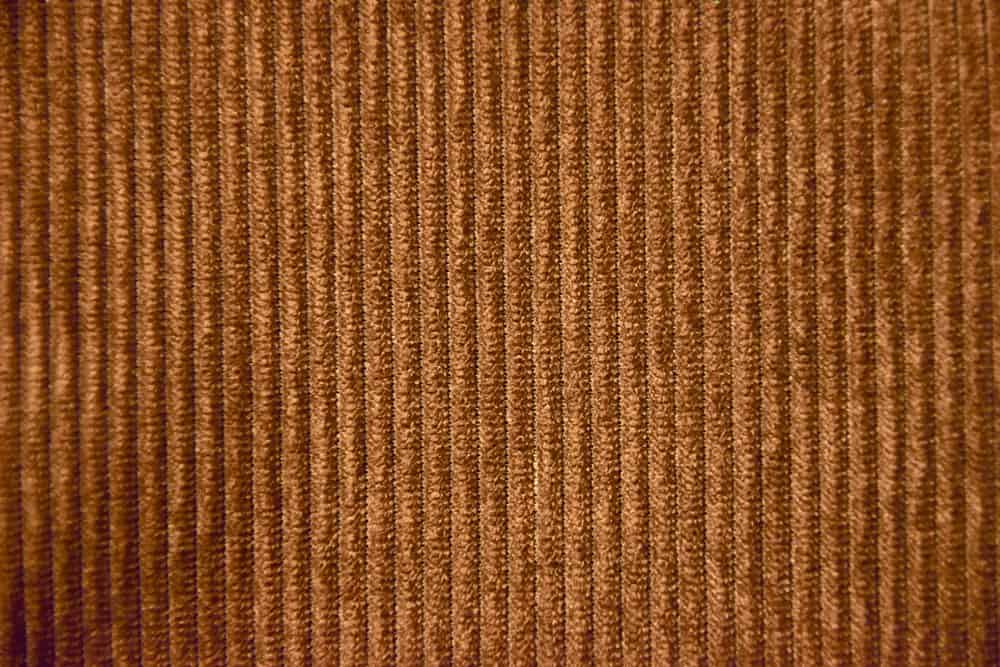
Corduroy is made from weft threads that are woven and cut to form lines that fun along with the fabric vertically. This fabric is sturdy and constructed of 100 percent cotton but may contain elastane or polyester. The ribs of corduroy can be broad or not as wide. The ribs are described by counting the wales or ribs per inch. The thinnest corduroy is called needle cords. They have 21 wales, 14 wales are middle range corduroy, and eight wales corduroy have wide ribs.
Corduroy can be washed in a machine and ironed on the wrong side. You must be careful to lift and put it down on the fabric so you do not ruin the fabric. You do not want to drag the iron across the material because it could flatten the ribs. Corduroy is ideal for shorts and pants. A wide rib corduroy is perfect for coats and jackets.
Rayon and Silk Velvet
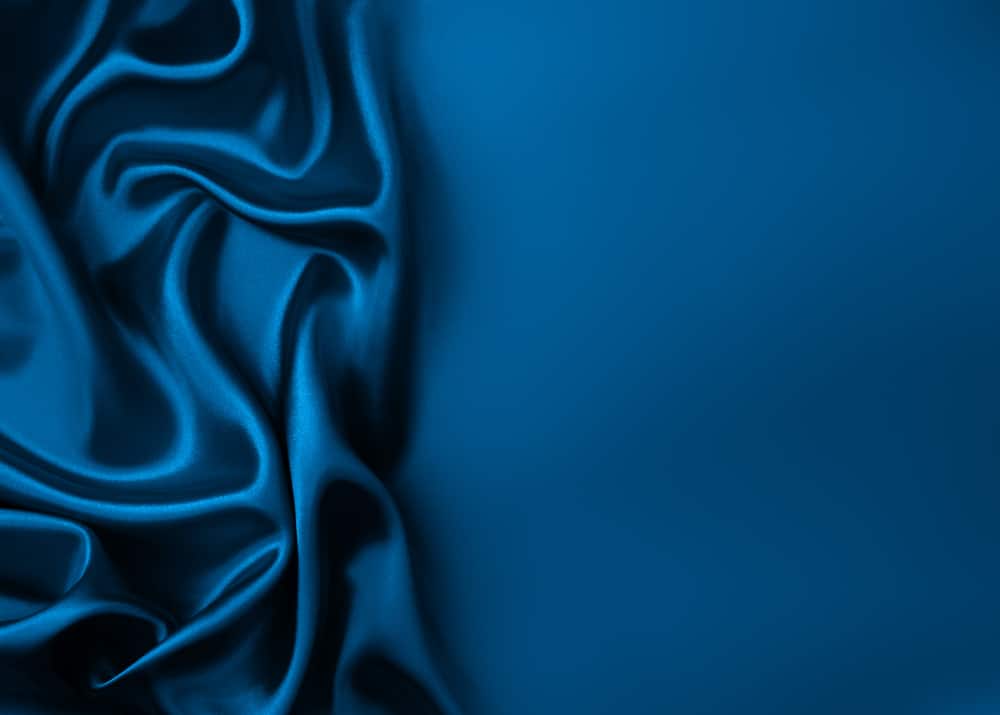
Silk velvet is a fluid fabric that is also one of the hardest ones with which to work. Silk velvet is a smooth fabric that is luxurious but can also be embossed. Rayon velvet is similar to silk velvet fabric because it has a large amount of drape. It does not shine as much but is more affordable. This material should not be iron and only dry cleaned.
Viscose Velvet
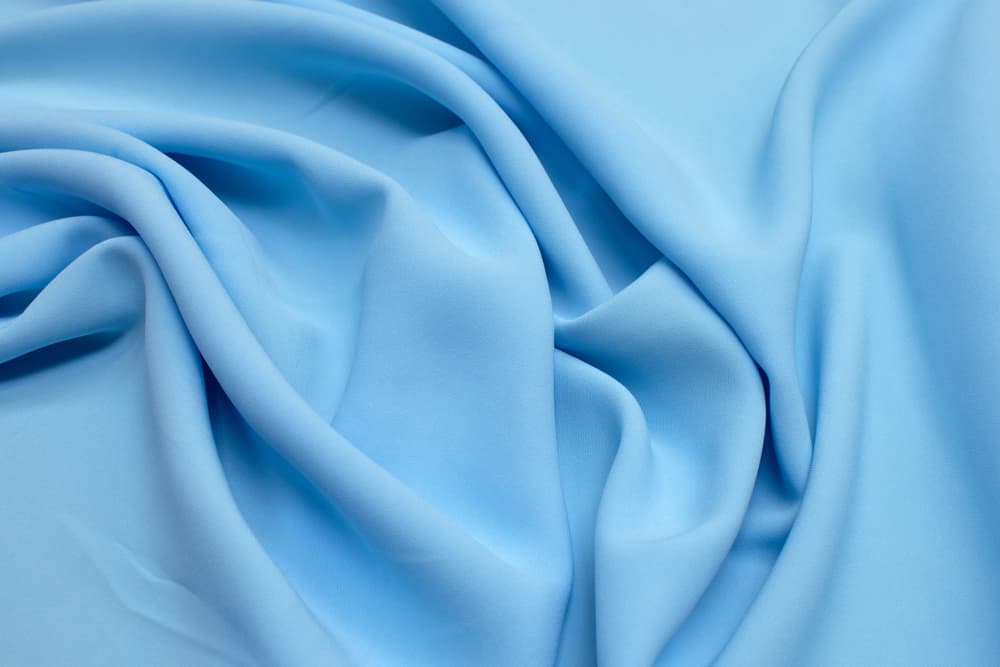
Viscose velvet is a rich and textured type of velvet that is perfect for the surface of casino tables. It is great for velvet furniture including covers pool tables, pillows, gloves, and handbags.
Kuba Velvet
Kuba velvet is a textile created in the Congo. It is often called pile weave and is a form of embroidery on a piece of cloth. This could be considered a sewing velvet.
Italian Velvet

Italian velvet is a delicate type of fabric. This velvet material is a combination of silk and viscose. It creates a distinct shimmer and soft pile that is dense. This natural fiber is made into gowns, sleek dresses, and chic clothing.
Mohair Velvet
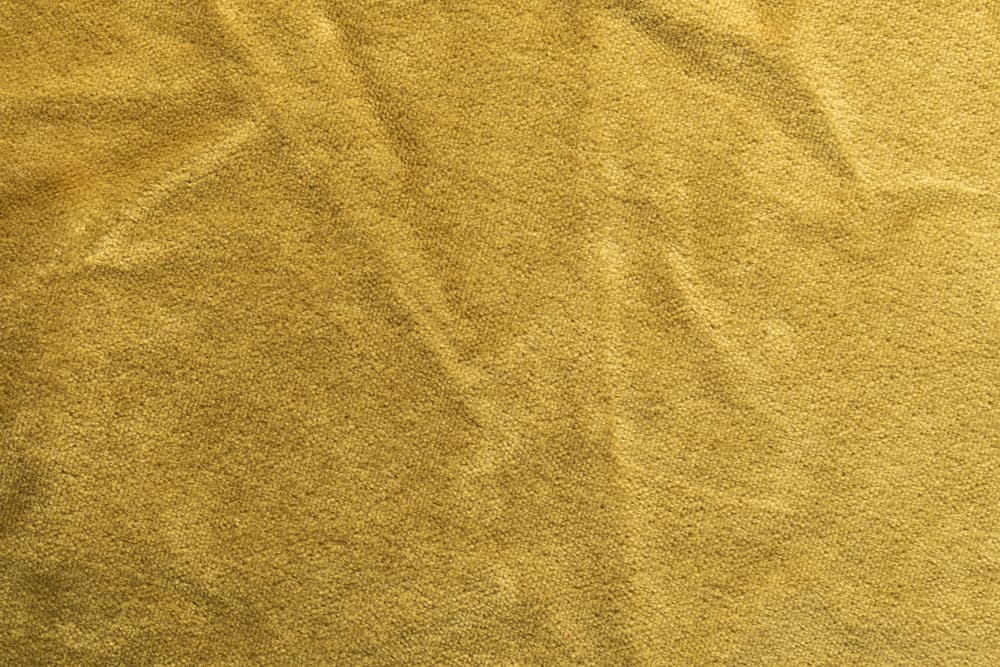
Mohair velvet is plush, resilient, and durable. It comes from Angora goats. This yarn can be dyed in colors that are rich. The velvet brush provides great insulation.


